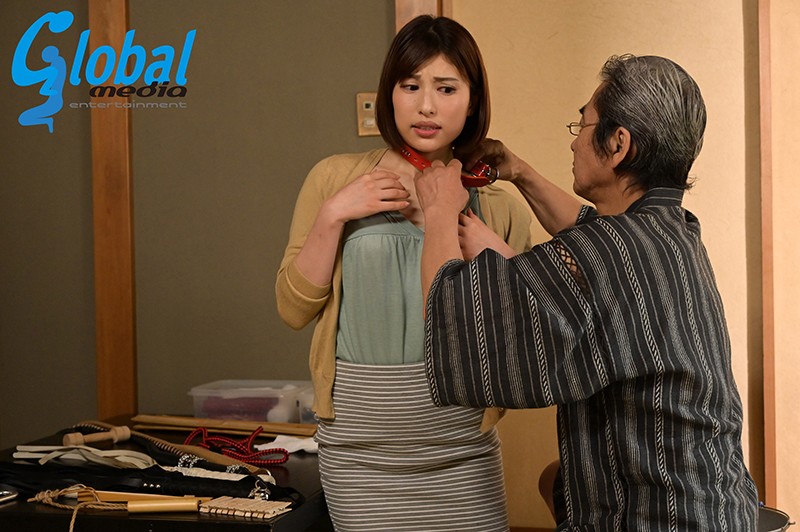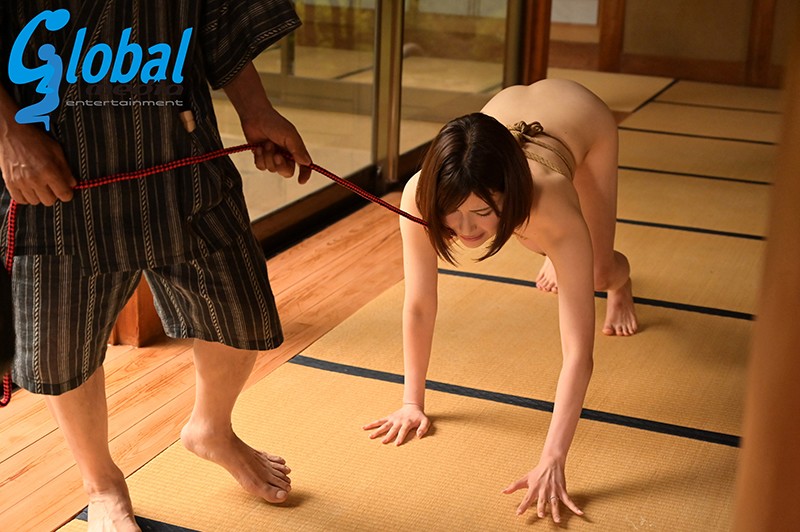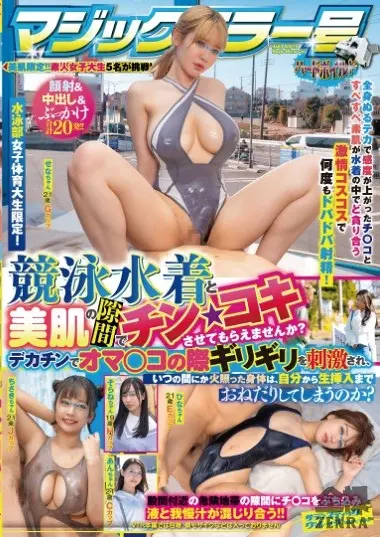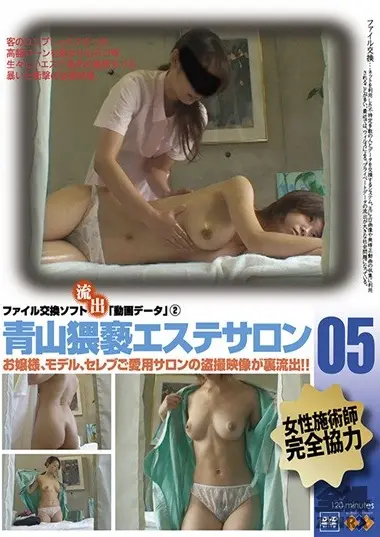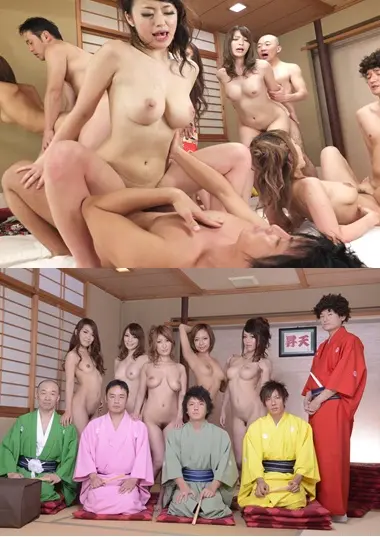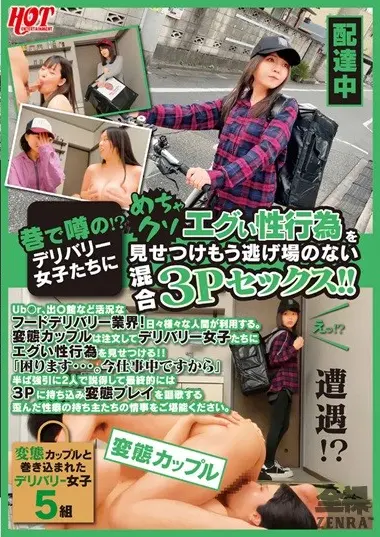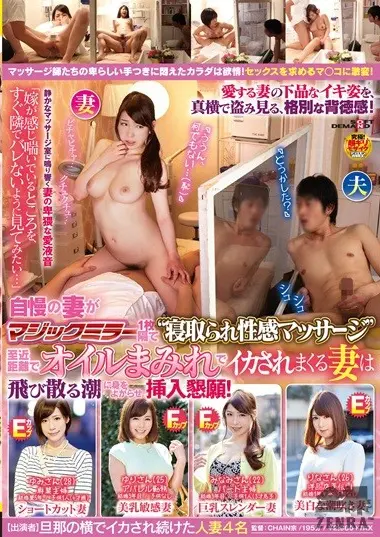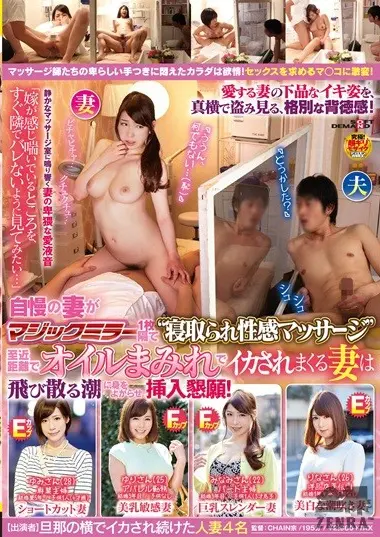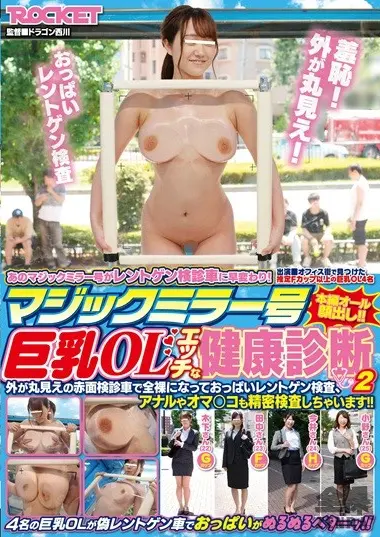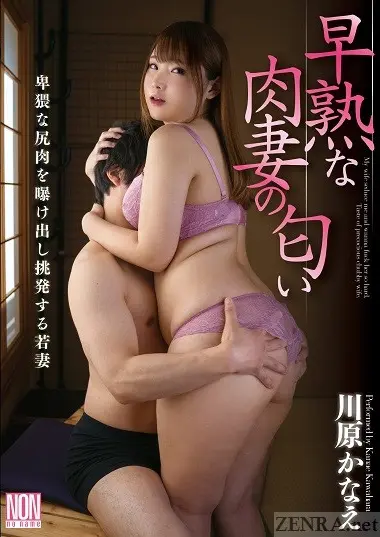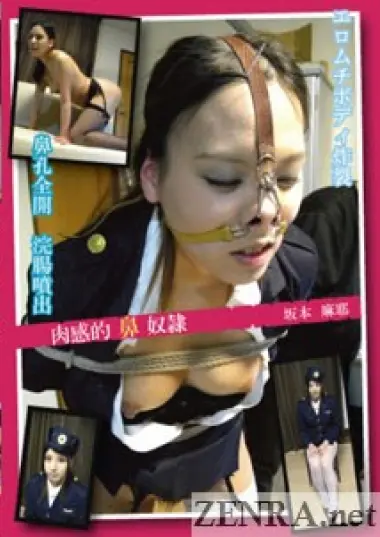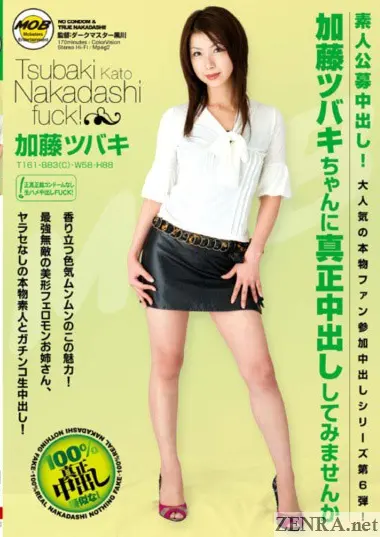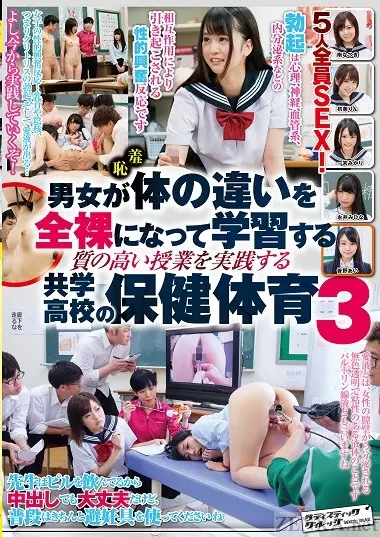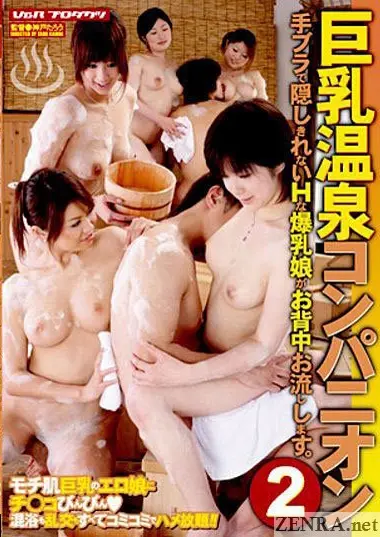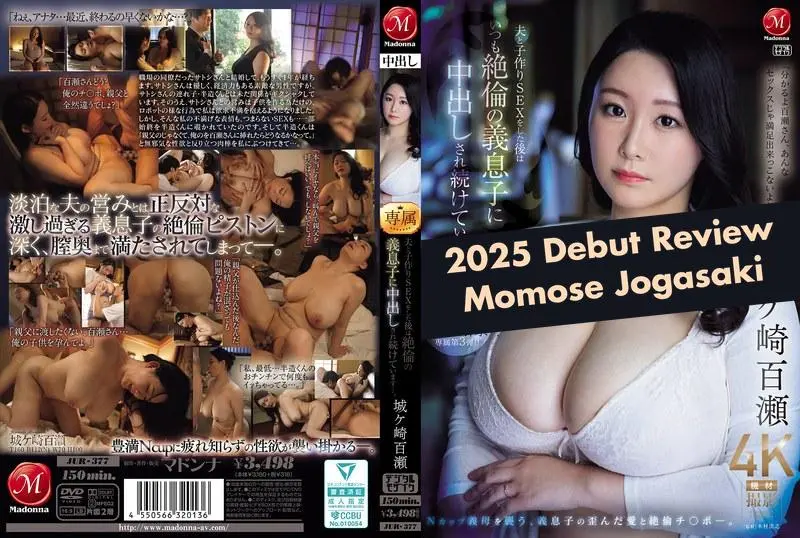A Brief History of Shibari - Part 3 - Living in the City

In the first of these articles, we explored the Edo period origins of shibari, before discussing how the works of Seiu Ito codified images and ideas from that time into the template for modern-day sexy shibari. After Ito's death, the 60s saw Japan back on the world stage as a peaceful ally instead of a wartime enemy, alongside entering a period of economic prosperity. So, once again, ordinary people in Japan had plenty of free cash and free time to spend on all sorts of entertainment.
However, post-war Showa Japan's Floating World was not as out in the open as that of the Edo period. It definitely existed, this was when soapland and delivery health services first sprang up. And with regards to rope, photo magazines like Kitan Club (yes, that Kitan Club) and modern SM clubs came into existence during this time. However, these clubs and venues ended up settling into a strange half-anonymity, which you can still see today, where places like soaplands or SM clubs have elegant and ostentatious interiors, while maintaining exteriors that blend into the surrounding cityscape. Oftentimes these places are small parts of larger buildings, which you can't really find unless you're specifically looking for them, but ask anyone and they'll tell you that they exist in plenty.
So why, if these places are so common, are they so half-hidden? A common answer you hear is that this is the result of Douglas MacArthur and the Allied Occupation of Japan compelling the country to adopt Western prudery towards sex. (Funnily enough, whenever there's some aspect of Japanese society people don't like, accusations of forceful Western influence are usually not far behind.) However, I think this ignores some key factors unrelated to the West.
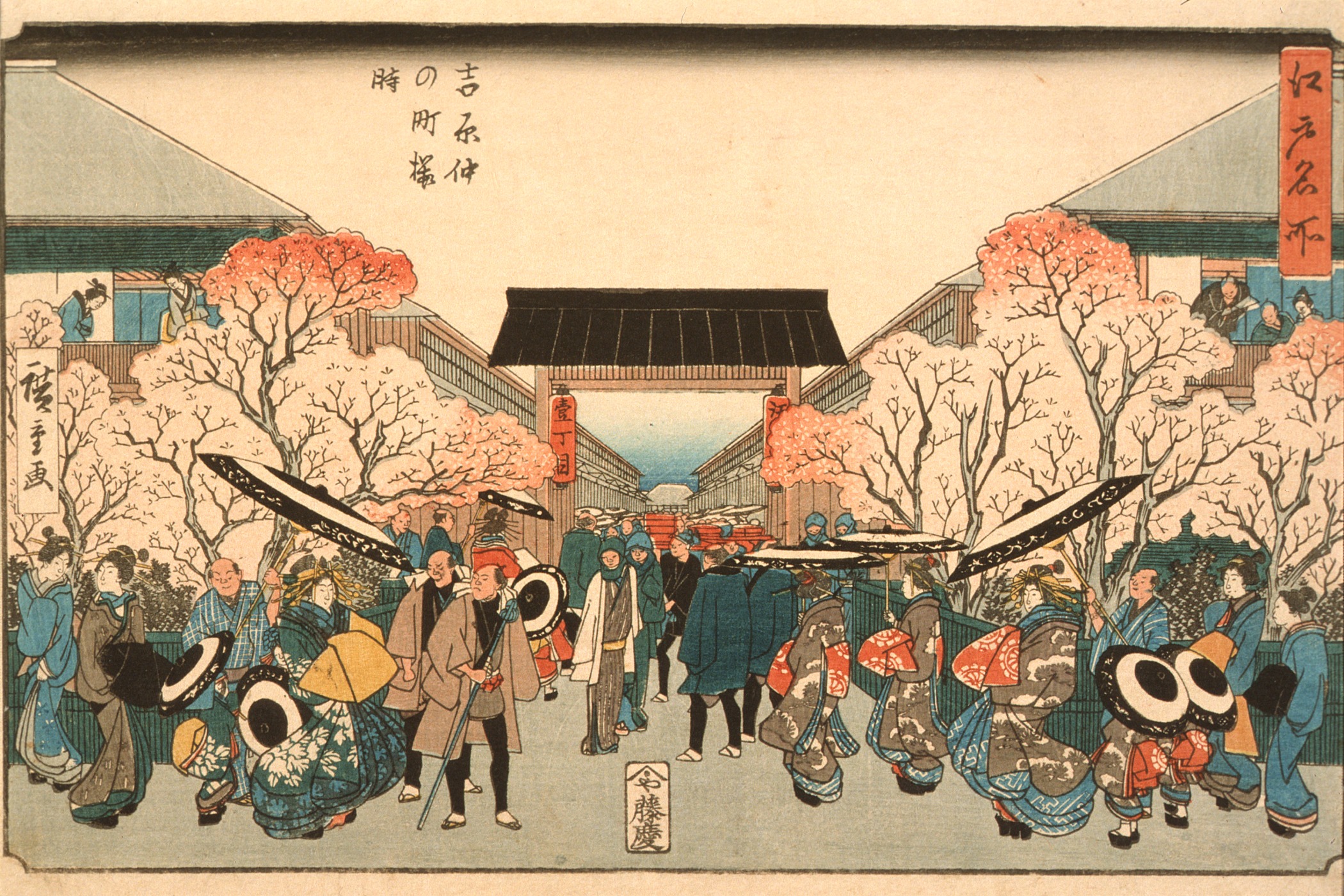
The red-light district of old Edo, on the city's outskirts
Historically, red light districts have been on the outskirts of cities. The reason for this being that, because this was legal sex work, it needed to take place where the city law enforcement still had legal authority, but at the same time, it needed to be cordoned off to an area where polite society didn't have to look at it. Case in point, when Yoshiwara (where we get the term Floating World from) was first built, it was on the outskirts of Edo, and as Edo got bigger and bigger, they moved Yoshiwara further north to keep it in that position.
However, after WWII, Edo (now Tokyo) didn't just expand, it exploded, seeing an unprecedented level of new urban development. Also, the development of suburbia, where people lived on the outskirts of cities while working in the centers, placed the city centers away from people's backyards, instead of the outskirts. It makes logical sense then for sexy locales to shift locations to reflect this. Of course, city space is expensive, so for many adult venues, a hole in the wall is about all they can afford. But in a cramped city like Tokyo, you can make just about any space you carve out work for your purposes.
More than this though, it's important to remember the guilt/shame divide between America and Japan. In America, we're meant to feel guilty over what we do, the acts or thoughts themselves being considered wrong. But in Japan it's letting people know what you do or what you're into that's considered wrong. Even if everyone knows what you're up to behind closed doors, if you never openly acknowledge it, people can ignore it and pretend that you're "normal". If there's no way to keep what you do under wraps though, then you get cordoned off to the outskirts of society, like Yoshiwara.
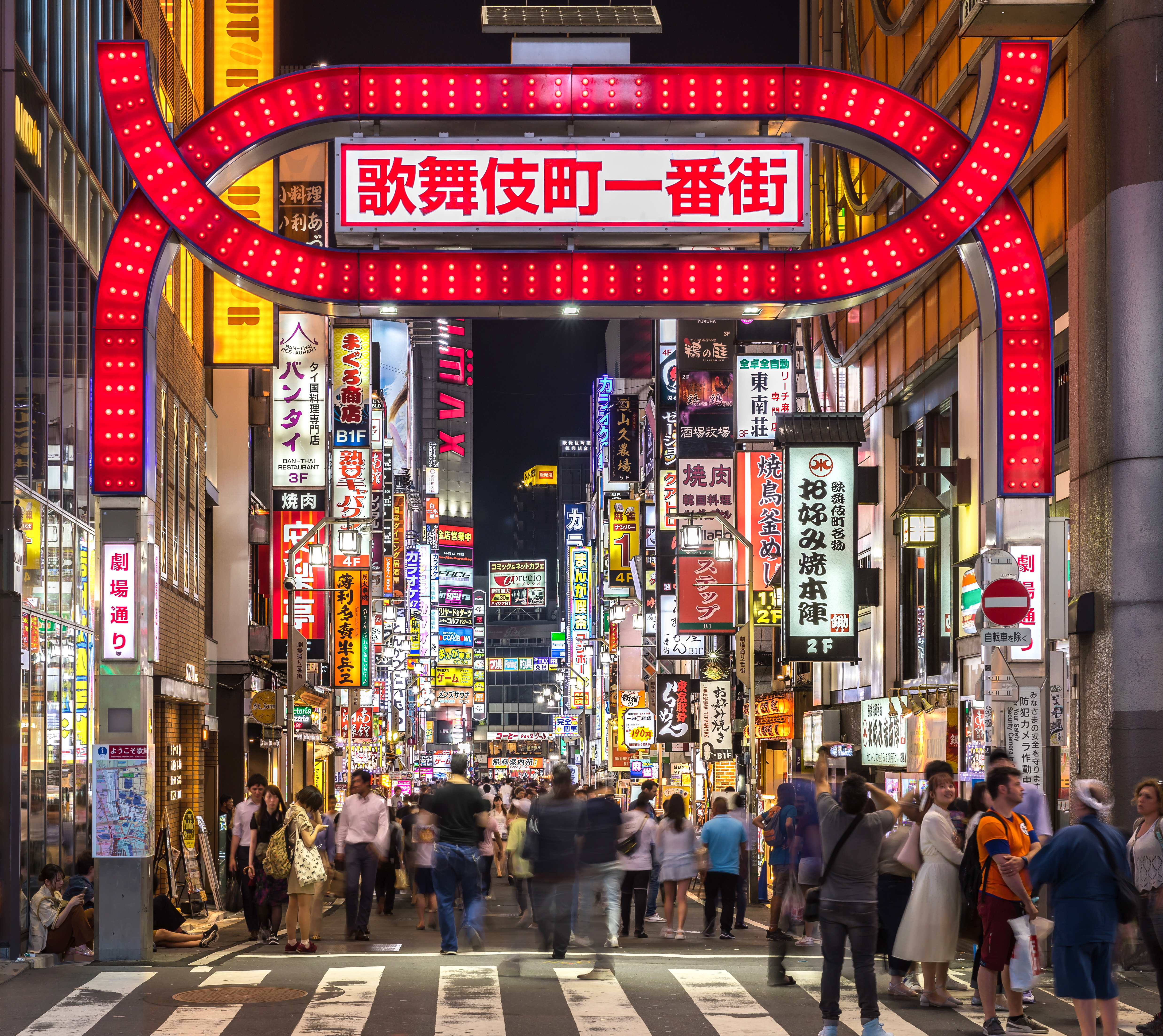
The red-light district of modern Tokyo, in the city's center
This central divide between guilt and shame is a major reason for the differences in American and Japanese shibari that I've witnessed. It should be noted that I am only one person, and I've only witnessed so much the larger world of shibari has to offer. So please, take what I say next with a grain of salt. But from what I have seen, I have noticed some important contrasts between shibari in America and Japan.
Firstly, romance seems to be more important between play partners in America than in Japan. Many friends and acquaintances in the BDSM scene in Japan live their rope play lives and romantic partner lives separately, while in America most of the rope folks I know play with their partners in their private time, even if they also do performative rope play with people outside their relationship. However, the idea that this is something you would take with you back home into your "normal" life appears to be less common in Japan.
This ties into the second major difference I've noticed. Americans seem much more willing for you to learn the ropes (yes, haha) of shibari with inexpensive equipment you can get at the hardware store, but my Japanese rope friends have all insisted I need to buy proper hemp ropes and equipment if I tie someone up; not so much out of a sense of tradition (i.e. preserving the olden ways of doing rope) but rather out of a sense of professionalism (i.e. using the best tools available to take pride in one's work).
This converges with the first difference to form the third thing I've noticed, that being the purpose of venues. Venues I've gone to in America have mostly been focused on giving space for people's own, personal play, while venues I've gone to in Japan have been more focused on giving space for someone to perform play for other people's viewing pleasure. Again, there are so many different SM venues in Japan and America, this might just be my own experience. But it seems like shibari in Japan tends to be more focused on creating a beautiful performance than having a pleasurable experience with someone you fancy.
That being said, while unlike in America, I have never seen play partners in Japan negotiate and discuss things before playing, I've never felt uncomfortable or like the subs in these situations were in danger, because it was clear that the partners had known each other for many years and already had a bond of trust and knowledge of each other's likes and limits before they started tying. And for all that I have seen, I've only scratched the surface of shibari's full range and variety. Like I said earlier, there are countless, half-hidden SM venues throughout Japan, each their own little enclaves with their own house styles and signatures.
What's important to keep in mind, and the idea I want to convey with this chapter of shibari's history, is that shibari started out as a series of muddled ideas that converged into a template made by a single person, but now the template has been used for people to generate their own shibari styles. Unlike with Seiu Ito's work, you can find plenty of dominant women and submissive men in modern-day shibari circles. And more modern equipment like dog collars and fuzzy handcuffs can be implemented into shibari as well.
Think of it like superheroes. There have been heroes like Hercules or King Arthur for millennia, before Jerry Siegel and Joe Shuster codified these ideas into Superman. And while every superhero since 1938 has borrowed some influence from Superman in some capacity, the roster of DC or Marvel heroes harbors a plethora of different variations and updates to the central Superman concept (to say nothing of superhero comics outside of the big two companies).
Something my BDSM teacher likes to say is "Rope is just a fucking tool", by which she means shibari is an instrument through which you can act out your fantasies and achieve satisfaction. But when attempting this, you should always focus on the desired effect, rather than the assumed cause. If you've been keeping up with these articles since the beginning, it's probably because you find something fun and exciting in shibari AV. So what I want readers to do after finishing this article is think about what specific shibari AV you like. What scenarios and dynamics appeal to you, and what precisely about them gets you off? I don't think I need to tell anyone that the sex you see in AV is not like sex you have in your personal, private life. But I do think that analyzing the kinds of AV we like can help us gain a greater sense of sexual self-awareness. And who knows? Maybe you can try some of this rope stuff out yourself.
Special thanks to my BDSM Teacher, Midori, who was a big help in writing this article. You can find her website here, her Patreon here, and her Twitter here.
Further reading:
Midori - The Seductive Art of Japanese Rope Bondage (2001)
Kitan Club Magazine
In the first of these articles, we explored the Edo period origins of shibari, before discussing how the works of Seiu Ito codified images and ideas from that time into the template for modern-day sexy shibari. After Ito's death, the 60s saw Japan back on the world stage as a peaceful ally instead of a wartime enemy, alongside entering a period of economic prosperity. So, once again, ordinary people in Japan had plenty of free cash and free time to spend on all sorts of entertainment.
However, post-war Showa Japan's Floating World was not as out in the open as that of the Edo period. It definitely existed, this was when soapland and delivery health services first sprang up. And with regards to rope, photo magazines like Kitan Club (yes, that Kitan Club) and modern SM clubs came into existence during this time. However, these clubs and venues ended up settling into a strange half-anonymity, which you can still see today, where places like soaplands or SM clubs have elegant and ostentatious interiors, while maintaining exteriors that blend into the surrounding cityscape. Oftentimes these places are small parts of larger buildings, which you can't really find unless you're specifically looking for them, but ask anyone and they'll tell you that they exist in plenty.
So why, if these places are so common, are they so half-hidden? A common answer you hear is that this is the result of Douglas MacArthur and the Allied Occupation of Japan compelling the country to adopt Western prudery towards sex. (Funnily enough, whenever there's some aspect of Japanese society people don't like, accusations of forceful Western influence are usually not far behind.) However, I think this ignores some key factors unrelated to the West.

The red-light district of old Edo, on the city's outskirts
Historically, red light districts have been on the outskirts of cities. The reason for this being that, because this was legal sex work, it needed to take place...
Want to read more?
Create a free account to access more blog posts each month!
More Info: The Future of the ZENRA JAV Blog
Unlock unlimited blog access!
Subscribe or purchase videos to get unlimited access to all blog posts and support legal JAV.
For those unable to pay, approved thoughtful blog comments will reset your monthly limit.
Video Purchase Coupon Code:
More Info: The Future of the ZENRA JAV Blog
Comments
Continue Reading Join the Discussion Welcome to ZENRA!
Register for free to get more blog posts each month, or login to continue reading.
Login or register to join the conversation and share your thoughts.
By Ranelar @ November 4th, 2020
By WoodOfTheRisingSun @ October 16th, 2020

